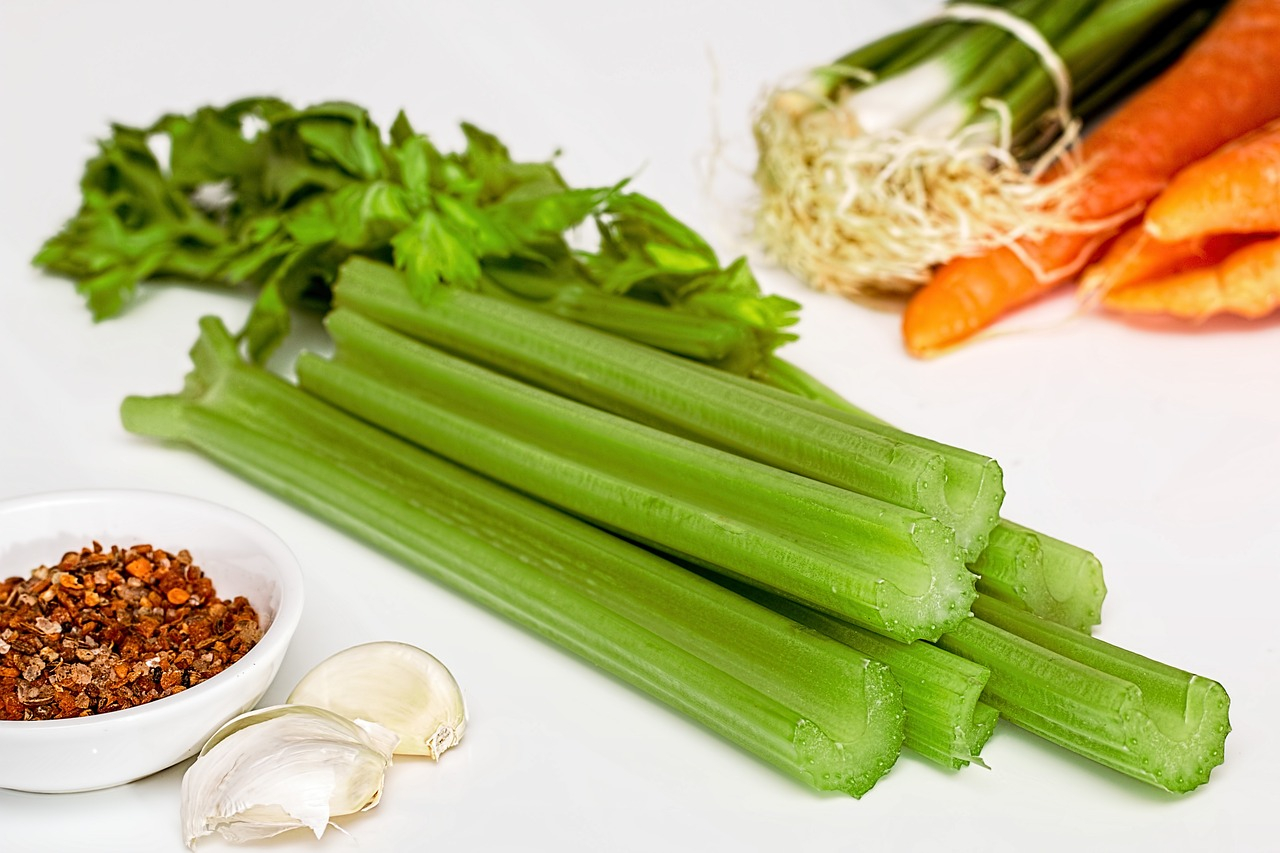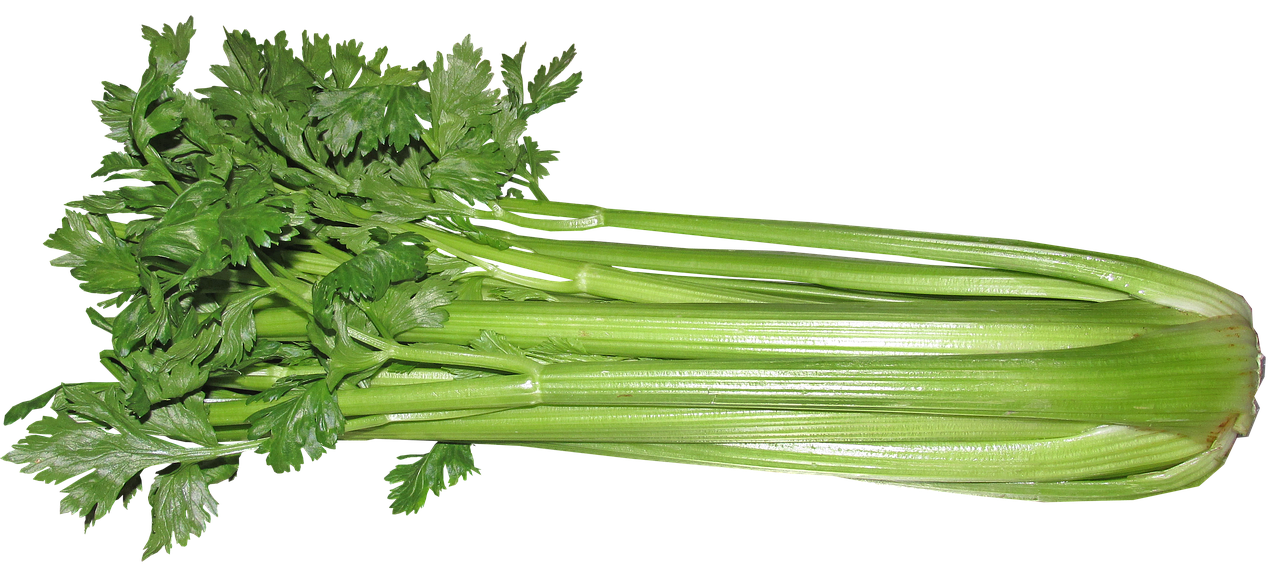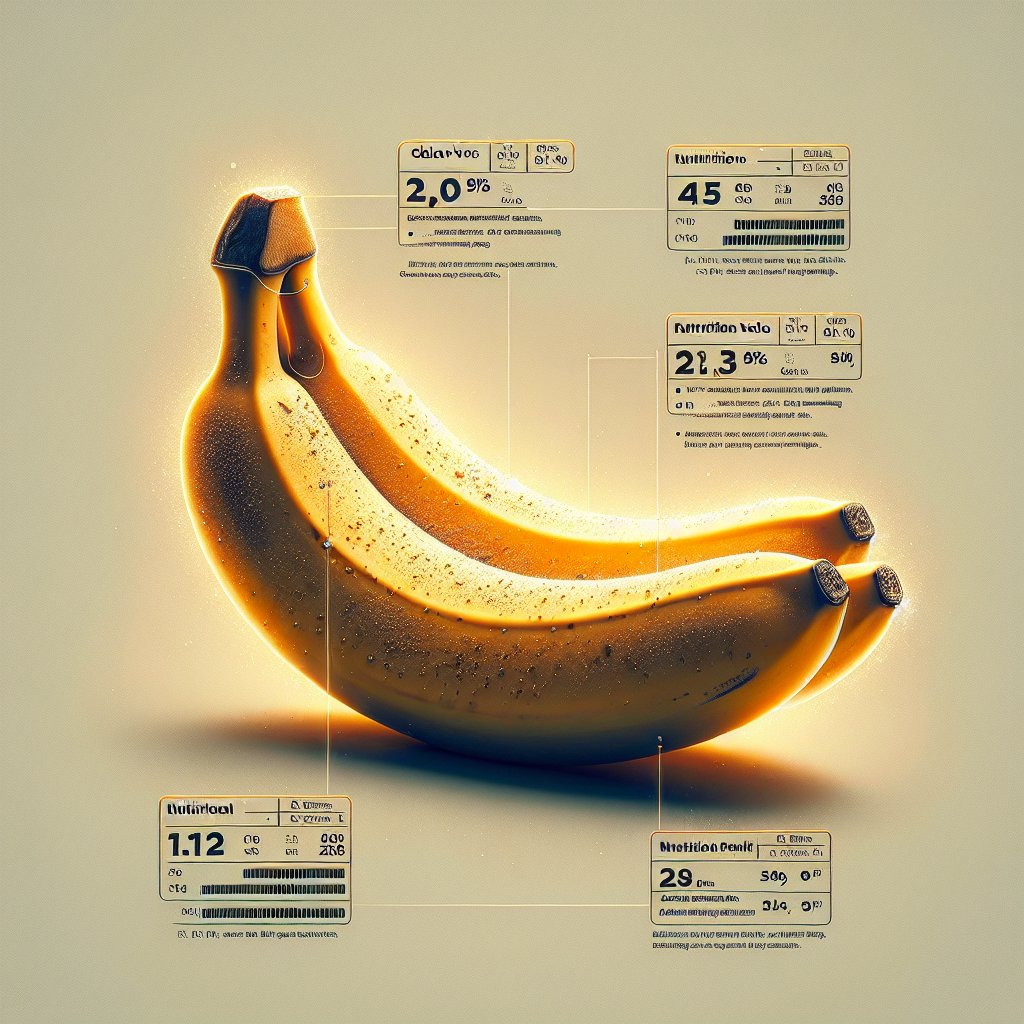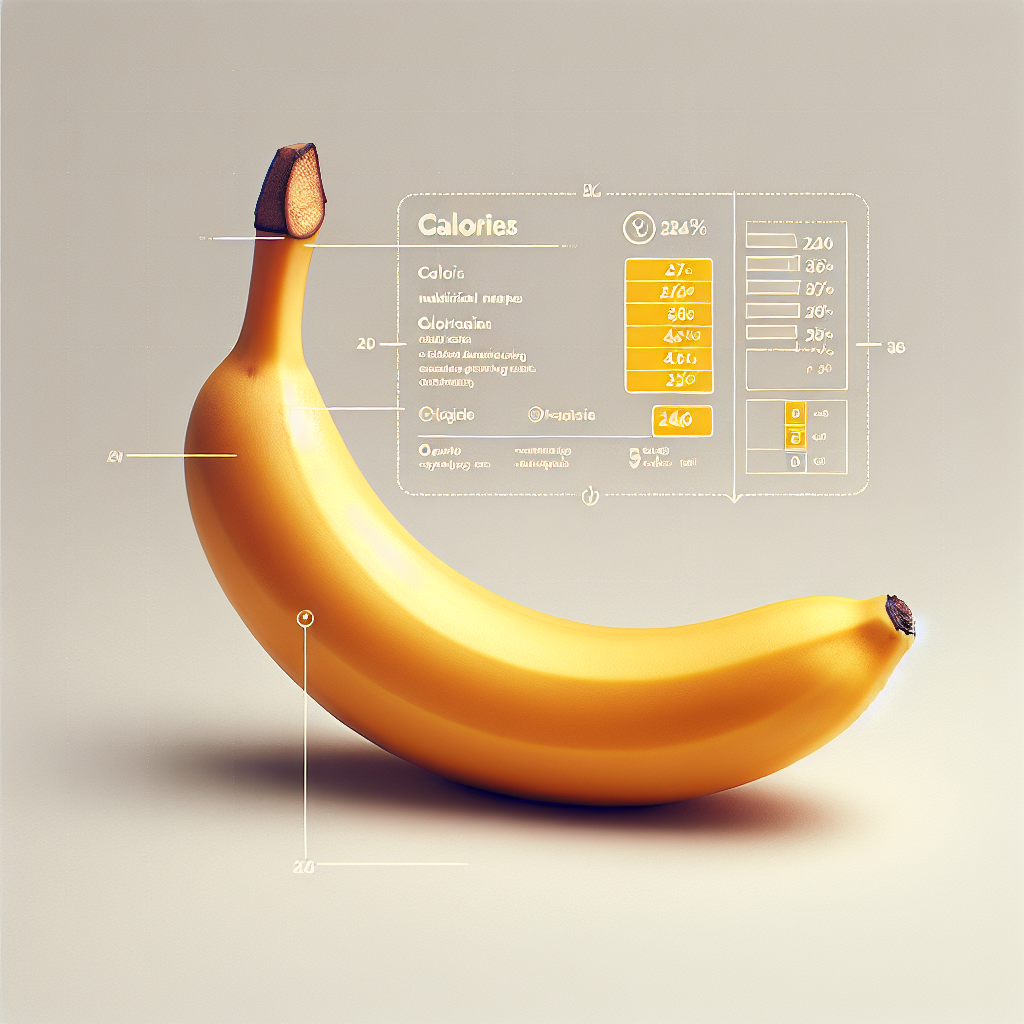Calories In A Banana
In “Calories In A Banana,” you will explore an in-depth discourse on the concept of caloric intake and expenditure. This article serves to discern the caloric content of common foods – from bananas to eggs – while expertly juxtaposing it with critical information on caloric needs, as influenced by factors such as daily activities and weight goals. Striking a perfect balance between dietary advice and scientific understanding, the article underscores the importance of caloric balance in maintaining healthy body weight and overall wellbeing. By the end of your reading, you will have acquired key insights on how to burn calories effectively, the calories required on a daily basis, the most calorie-rich foods, and the role of calories in weight loss.

Understanding Calories
Definition of calories
Calories are a unit of measurement used to quantify the amount of energy supplied to the body by food and beverages. The term is commonly used in nutrition and diet to refer to the energy consumed and expended by the body.
Importance of calories in the body
Calories play a crucial role in human health as they provide the energy needed for all essential bodily functions. They feed the cells, enable muscle contraction, maintain body temperature, support brain function, and foster growth and development.
Relation of calories with energy
Calories and energy share a direct relationship; the more calories a food contains, the more energy it can provide when consumed. When you consume more calories than your body needs for its activities, the surplus is stored as fat for future energy needs. Conversely, when you consume fewer calories than your body needs, it uses stored fat for energy, leading to weight loss.
Calories Needs per Day
Factors affecting calorie needs
Several factors impact your daily calorie needs, including age, sex, height, weight, and physical activity level. For instance, men generally need more calories than women due to their larger size and higher muscle mass. Similarly, physically active individuals require more calories to support their energy expenditure.
Daily calorie intake for different age groups
Daily calorie requirement varies with age as energy needs change throughout a person’s life. For example, children and teenagers require more calories to support growth and high energy levels. Adults need fewer calories to maintain their weight, and seniors typically require even fewer due to a slower metabolic rate.
Caloric intake based on lifestyle
Your lifestyle significantly impacts your daily caloric needs. Sedentary individuals require fewer calories compared to those with moderate or active lifestyles. For instance, someone who exercises rigorously daily may require significantly more calories than a person who seldom exercises.

Calories in a Banana
Number of calories in a banana
The calorie content in a banana varies depending on its size. On average, a medium-sized banana contains approximately 105 calories.
Factors affecting calorie content in a banana
The calorie content in a banana can vary greatly based on its ripeness. As a banana ripens, its starches break down into sugars, increasing its calorie content.
Comparison of calories in a banana with other fruits
Compared to other fruits, bananas are moderately high in calories. For instance, an apple contains roughly 52 calories, while an orange provides about 62 calories. Still, they are a healthier and more nutritious source of calories than many other snack options.
Calories in Other Fruits
Calories in an apple
A medium-sized apple without the skin has approximately 95 calories.
Calories in an orange
An average-sized orange contains around 62 calories.
Calories in strawberries
One cup of fresh strawberries contains approximately 46 calories.
Calories in blueberries
A cup of fresh blueberries contains about 84 calories.
Calories in a mango
One medium-sized mango has about 150 calories.

Calories in Different Foods
Calories in an egg
A large boiled egg contains about 78 calories.
Calories in a chicken breast
A skinless, boneless, cooked chicken breast of approximately 3 ounces contains about 128 calories.
Calories in a cup of rice
One cooked cup of white rice contains approximately 205 calories.
Calories in a boiled egg
A single large boiled egg carries about 78 calories.
Calories in a sweet potato
One medium-sized boiled sweet potato without skin contains approximately 105 calories.
Calories in a cucumber
A medium-sized cucumber with skin contains about 45 calories.
Calories in Beverages
Calories in vodka
One standard shot (1.5 ounces) of vodka has approximately 97 calories.
Comparison between calories in different beverages
Caloric content can significantly differ across beverages. For instance, a can of cola contains approximately 150 calories, while a glass of apple juice has about 115 calories. On the other hand, water, black coffee, and tea contain zero calories.

Understanding Calories for Weight Loss
How many calories to lose weight
To lose weight, you need to create a calorie deficit, meaning you must burn more calories than you consume. A general rule is to aim for a caloric deficit of 500-1000 calories per day to lose about 1-2 pounds per week.
How many calories should one burn per day for weight loss
To lose one pound of body weight, you need to create a calorie deficit of about 3,500. Therefore, burning 500 to 1,000 calories more than you consume each day should lead to a safe and sustainable weight loss of 1-2 pounds per week.
Exercises that burn the most calories
High-intensity exercises like running, cycling, swimming, and high-intensity interval training (HIIT) can burn significant amounts of calories in relatively short periods.
Calories and Exercise
How many calories do you burn walking a mile
It’s estimated that a person burns about 100 calories for each mile walked, but this can vary depending on your weight and walking speed.
How many calories do you burn in a day
On average, men burn between 2,200 and 2,800 calories per day, while women burn between 1,600 and 2,400 calories. These values can vary significantly based on factors like age, weight, height, and physical activity level.
How many calories do you burn walking
Walking can burn between 90 and 200 calories in 30 minutes, depending on your weight and walking speed.

Calorie Intake and Dietary Habits
How many calories should one eat in a day
On average, men need about 2,500 calories per day to maintain their weight and 2,000 to lose one pound per week. Women need about 2,000 calories per day to maintain their weight and 1,500 to lose one pound per week.
How many calories should one eat to lose weight
To safely lose weight, it’s generally recommended that you aim for a caloric deficit of 500 to 1,000 calories per day. This typically translates to consuming about 1,500 to 2,000 calories per day for women and 2,000 to 2,500 calories per day for men.
How much calories should one eat
The daily caloric needs can significantly differ based on individual factors like age, sex, weight, height, and physical activity level. However, on average, women need about 2000 calories per day, and men need about 2500 calories.
Misconceptions and FAQs about Calories
Are all calories equal
While a calorie measures the same quantity of energy regardless of its source, not all calories are created equal in terms of nutrition. For instance, 100 calories of vegetables can provide a wide array of nutrients, while 100 calories of candy provide minimal nutritional value.
Does a banana have more calories than an apple
Yes, typically, a banana has more calories than an apple. A medium-sized banana has about 105 calories, while an apple of a similar size contains about 95 calories.
How many calories are in a pound
There are approximately 3,500 calories in a pound of body weight.
How many calories is a pound
One pound of body weight corresponds to approximately 3,500 calories. Therefore, to lose one pound, you need to create a caloric deficit of 3,500 calories either by eating fewer calories, burning more through physical activity, or a combination of both.


Pingback: How Many Calories In An Egg - Lose Weight With Absolute Minimal Diet - Your All In One Guide to Weight Loss & Nutrition
Pingback: Calories In Strawberries - Lose Weight With Absolute Minimal Diet - Your All In One Guide to Weight Loss & Nutrition
Pingback: How Many Calories Do I Burn A Day - Lose Weight With Absolute Minimal Diet - Your All In One Guide to Weight Loss & Nutrition